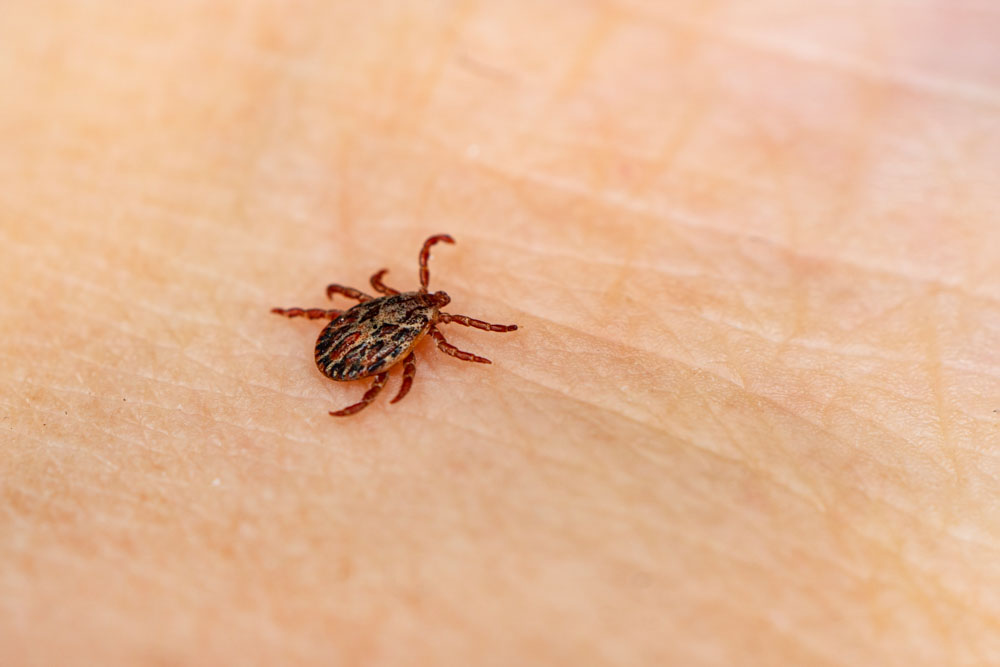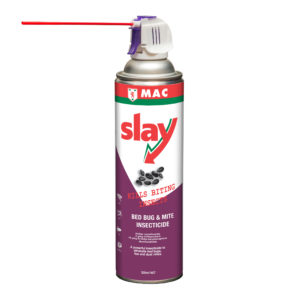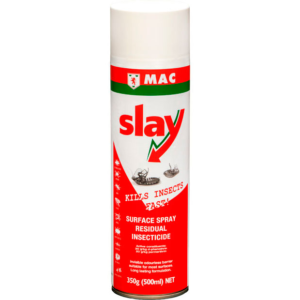How to Get Rid of Bedbugs: Complete NZ Guide
If you’re wondering how to get rid of bedbugs in NZ, this guide will walk you through safe, effective methods for inspection, bed bug control NZ, treatment, and prevention. Bed Bugs get a particularly bad reputation because, as an infestation, they are notoriously tough to get rid of. Tiny, hardy, fast breeders and opportunistic travellers, Bedbugs can become a problem pretty fast. Because they feed on blood, they can leave an itchy trail of bites all over your body if they manage to get into your bedroom, making them not just a nuisance but an active disturbance that interferes with your sleep.
Bed bugs persist as a significant issue in developed countries, Australia and New Zealand included. The methods for controlling these pests have advanced rapidly, necessitating an updated version of the ‘Code of Practice for the Control of Bed Bug Infestation in Australia’ (CoP). Until recently, during the resurgence of modern bed bug infestations, encounters with these insects primarily occurred in sleeping areas. Effective bed bug treatment NZ relies on early identification and consistent control, often with professional tools like MAC Slay Bed Bug Spray as part of an IPM bed bugs strategy.
Anything that bites is a less-than-desirable house guest, but because they inhabit spaces like bedrooms, they seem much more invasive. When infestations become widespread, they create significant issues for New Zealand hoteliers, property managers, and travellers — highlighting why early bed bug treatment in NZ is so important.
You can fight Bedbugs on your own with the right products, and it can take time if the infestation isn’t caught early enough. During and after treatment, check the infested areas about once every seven days for signs of activity. Patience and persistence are recommended for an effective outcome.
Shop The Range!
- TDSIMAGESDSMPIDMCAQRECYCLE
- TDSIMAGESDSMPIDMCAQRECYCLE

What are bedbugs?
Before we discuss how to get rid of bedbugs, it’s important to understand what they are and how to identify them correctly, so you don’t waste time or money using the wrong products.
There are two main varieties commonly found in bed bug control NZ efforts: the Common bed bug and the Tropical bed bug. Both are treated in the same way. Bed bugs are tiny, wingless insects about the size of an apple seed. After feeding on blood, they turn a reddish-brown colour and leave visible evidence around their harbourages. Adults measure around 4 to 7 mm in length and have flat, oval-shaped bodies. Young bed bugs look similar but are smaller in size, while their eggs are about 1 mm long and white in colour.
Belonging to the Cimex genus, bed bugs primarily feed on warm-blooded animals such as humans, cats, and dogs. Unlike ants or wasps, they don’t build nests; instead, they gather in clusters in mattresses, bed frames, skirting boards, and furniture seams. These clusters are usually within a few metres of their food source, but bed bugs can travel up to 30 metres if necessary.
Recognising these traits is the first step toward effective bed bug treatment NZ. For further public health advice, see the NZ health guidance on how to get rid of bedbugs.
How do I know I have bed bugs and not another kind of insect?
Bed bugs can resemble many other small insects, which can make identification tricky. If you’re not sure whether what you’ve found are bed bugs, trap one in a glass jar and seek advice from a licensed pest control expert or the Pest Management Association of New Zealand.
Certain people may show no reaction to bed bug bites, while others may experience visible welts or allergic responses. In addition to recognising the bites and physically observing the insects, several other signs can help confirm an infestation:
- Dark faecal spots on your bed linens
- Small blood stains on sheets or pillowcases
- A musty or unpleasant odour
- Eggshells or shed skins left near harbourages
- Bites or welts on the body appearing in a line or cluster
If none of these signs are visible, it’s possible that you may be dealing with another type of insect. For medical reference images and further details, see DermNet NZ’s bed bug overview.
Tropical bed bugs resemble the common bed bug but are less prevalent in New Zealand. They feature a slightly different body shape (less pronounced u-shaped pronotum) and lay fewer eggs but develop faster. While less common here, both types can be treated effectively with the same approach using safe, compliant products like MAC Slay bed bug spray.
How to Get Rid of Bedbugs – A Guide
Learning how to get rid of bedbugs effectively often requires an approach known as Integrated Pest Management (IPM). This IPM approach—often called ipm bed bugs—combines cleaning, monitoring, and targeted treatments that carry minimal health and environmental risks. For both existing infestations and prevention, follow the steps below.
- Declutter and thoroughly clean, with a special focus on bedrooms where infestations usually start.
- Re-position your bed, ensuring it’s away from walls or furniture, and flip the mattress to expose hidden areas.
- Vacuum daily, treating mouldings, windows, and floors. Pay close attention to the seams of mattresses, box springs, and furniture. Empty or replace vacuum bags immediately, and seal them in an airtight container outdoors.
- Launder bedding and fabrics (sheets, pillowcases, blankets, and bed skirts) and place them in a hot dryer for at least 30 minutes to kill all stages of bed bugs.
- Treat with professional products. Apply MAC Slay Bed Bug and Mite Insecticide as a spot treatment to headboards, furniture, skirting boards, mattresses, wall hangings, luggage, upholstered furniture, and pet sleeping areas as per label instructions. This product provides immediate knockdown and up to two weeks of residual control against hatching bed bugs.
- Prevent reinfestation. Use MAC Slay Surface Spray to pre-treat rooms or luggage before travel, reducing the chance of unwanted stowaways. MAC Slay products are trusted by professional pest controllers across NZ for bed bug treatment and prevention in hotels, Airbnbs, catteries, and healthcare facilities.
For official public health advice, see the NZ Health guidance on bed bugs, or consult the Pest Management Association of New Zealand for professional standards.
Get in Touch
For practical bed bug prevention in NZ, contact the Arandee team. We support hotels, accommodation providers, property managers, healthcare and aged care, education facilities, pest control firms, and cleaning contractors across New Zealand with MAC Slay bed bug spray solutions that deliver fast knockdown and up to two weeks of residual protection.



